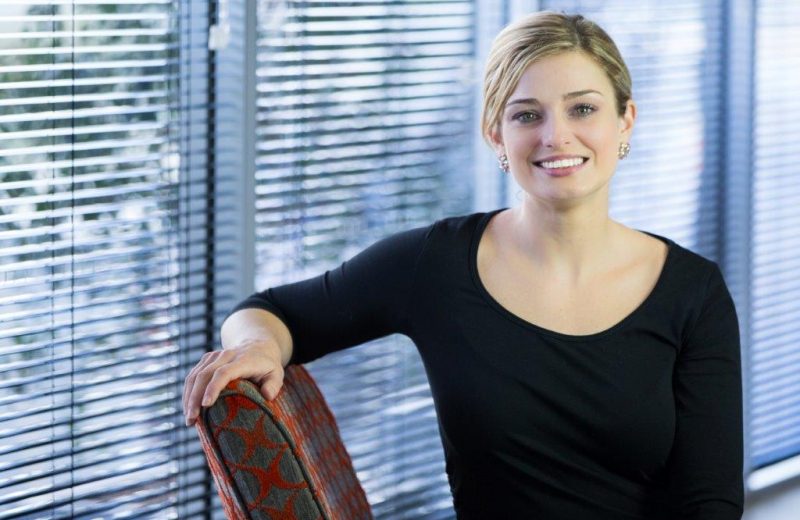Last week saw two lots of major news for the retail sector, and overall it was a mixed bag. Tuesday’s announcement by the Reserve Bank of a cut to official interest was good news at first glance, even though it carried the underlying warning from the RBA of weakness in the economy.
We know that lower borrowing rates flow through to more money in the pockets of consumers, giving them greater discretionary spending power. Of course we were disappointed that the major banks chose to pocket half the rate cut, rather than putting it to work in the market place. We applaud the Prime Minister for the pressure he has put on the banks, and we encourage the Government to keep it up.
On Thursday last week the Australian Bureau of Statistics released retail trade figures for June, which showed minimal growth over the 12 months since June 2015. The increase of 0.2 per cent in May in trend terms (0.1 per cent seasonally adjusted) shows our sector is suffering from the general lack of confidence in the economy, and the annualised growth figure of 3.1 per cent was essentially flat when population growth was taken into account.
We would normally consider growth of 4.0 per cent per year to be a base level, when population growth is taken into account. So growth of 3.1 per cent for the year is very much a flat, ordinary result.
It’s no coincidence that these numbers have been depressed over several months leading up to the Federal Election. We know that retailers always suffer during long election campaigns while consumers put buying decisions on hold.
Now that the election is out of the way and the Parliament is settled, we need both sides of politics to focus on policies and outcomes that will give consumers greater certainty, and allow businesses to get on with the job of creating jobs and prosperity.
Of the various retail sectors, clothing, footwear and personal accessory retailing recorded the strongest growth, (0.5%) along with “Other Retailing” (0.5%), Cafes, restaurants and takeaway food services (0.4%), and Department stores (0.1%). Food retailing and Household goods retailing (bother 0.0%) were relatively unchanged in trend terms.
New South Wales, South Australia and Tasmania recorded the strongest growth (0.3%), followed by Victoria (0.2%). Queensland experienced no growth (0.0%) while the Northern Territory (-0.4%) and the Australian Capital Territory (-0.2%) fell in trend terms in June 2016.
We will be watching closely to see the results from July, in the hope that the end of the marathon political campaign will again convince shoppers to open their wallets. No doubt the RBA will be doing the same, and if they don’t we may see another rate cut before the year is out.
Dominique Lamb – CEO


